Podcast: Play in new window | Download
Subscribe: RSS
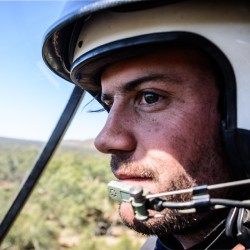
Cattle are big business in Australia. Rough round numbers has us at 25 million head of cattle and the industry employs somewhere around 200,000 people. Australia is the 3rd largest beef exporter in the world.
The cattle industry also contributes a sizable chunk of the annual helicopter hours flown in Australia.
One set of figures I had from 2004 was that 62% of all Robinson R22 flight hours in Australia were conducted in aerial mustering. I’d have to assume that holds true today if not a higher number.
I know helicopters are used for mustering a little bit in the US in Texas, a little bit in new zealand and I have to assume in Brazil also but when I look online – and this partly could be a factor of Google’s filtering because I’m here in Australia – but helicopter mustering is well and truly over represented in search results as a chiefly australian type of flying.
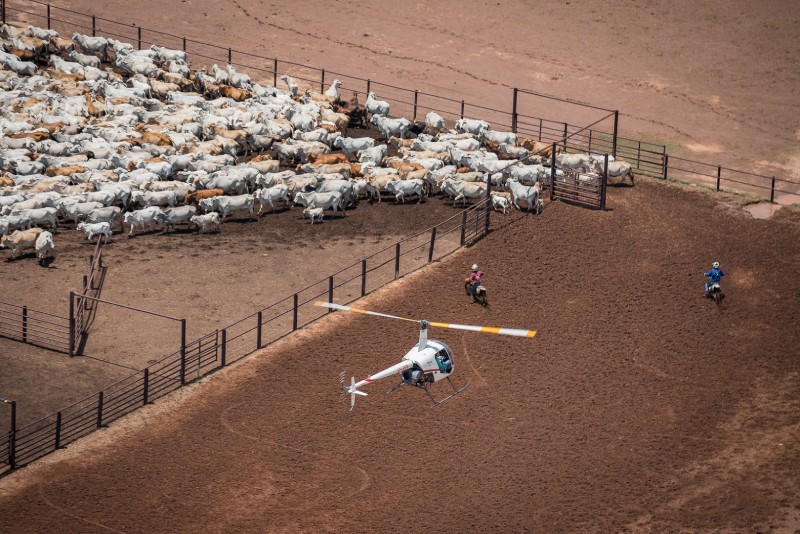
Mustering hasn’t always had the best reputation – it has sometimes been characterised as being a bit loose.
A lot of it happens hundreds of km’s away from any regulatory oversight and you could argue that because they are rarely carrying any passengers that CASA and other regulators aren’t particularly interested. The flip side of that is that CASA has on occasion come out with regulation changes without much consultation with the mustering part of the aviation community.
Mustering has also had its share of casualties and incidents. These can happen a long way from any emergency services. I’ve seen a documentary on one particular accident where the rescue AW139 had to stop and refuel enroute just to get on scene.
CASA’s 2015 sector risk profile of the industry summarised the danger. ‘Mustering, by definition involves low-level flying and is a hazard rich activity with the inherent danger of being only a few seconds away from impact in the case of an emergency or pilot distraction.’
Having said all that I have no personal experience with mustering at all, everything has been second hand. A big thanks to David Logan who is a listener and Patreon supporter that has just starting out on his helicopter licence and is tackling the theory exams. Dave put me in contact with today’s guest and its well overdue for us to jump in and learn more about mustering.
Sam Chisholm grew up on cattle properties and got into helicopter flying early. He has spent the last 16 years flying and mustering in rural Australia getting to see a good cross section of not only the industry but also the country. Sam paints a picture of a sector that has been maturing for a while now and that is using the helicopter as an incredibly important tool for station owners and beef production.
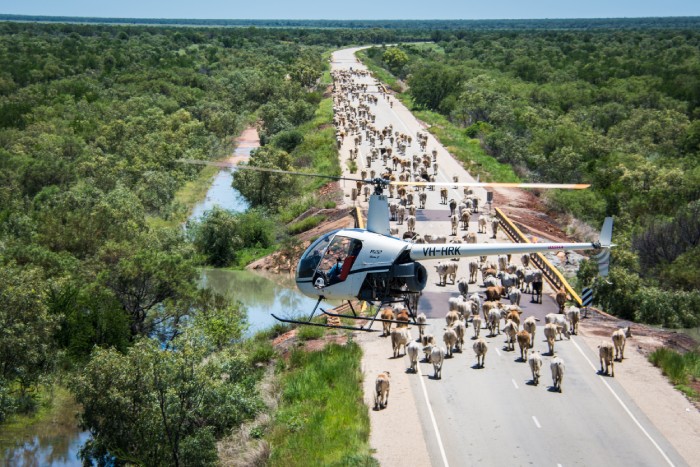
Podcast: Subscribe in iTunes | Play in new window | Download
Links from this week’s episode:
Support the podcast on Patreon
Flight Safety Australia Article – Crash of cultures – the challenge for aerial mustering
Victoria River Downs Station – wikipedia article on one of Australia’s most famous cattle properties.
Webinar – A day in the life of a mustering pilot (2014) – a webinar on Youtube that I recorded with David Creed about his mustering career.
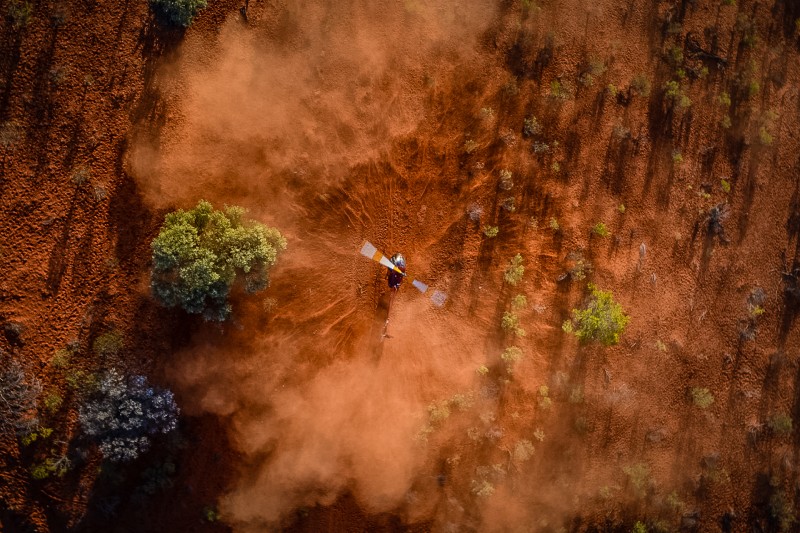
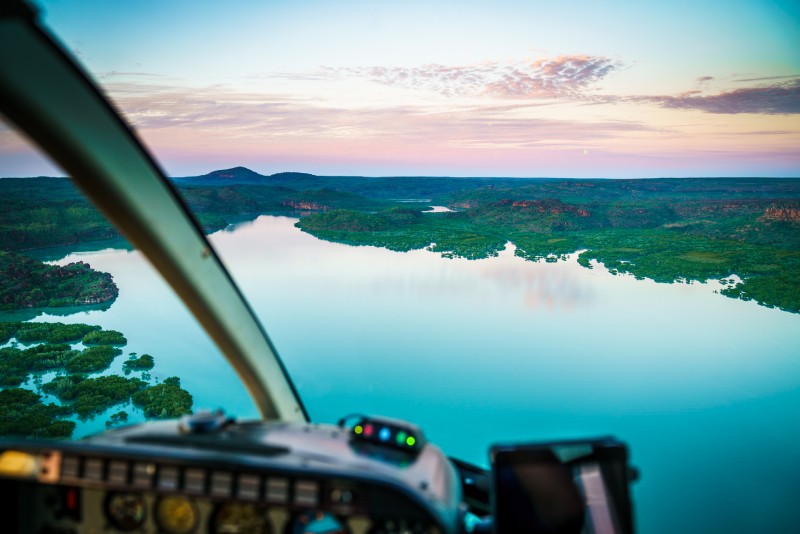
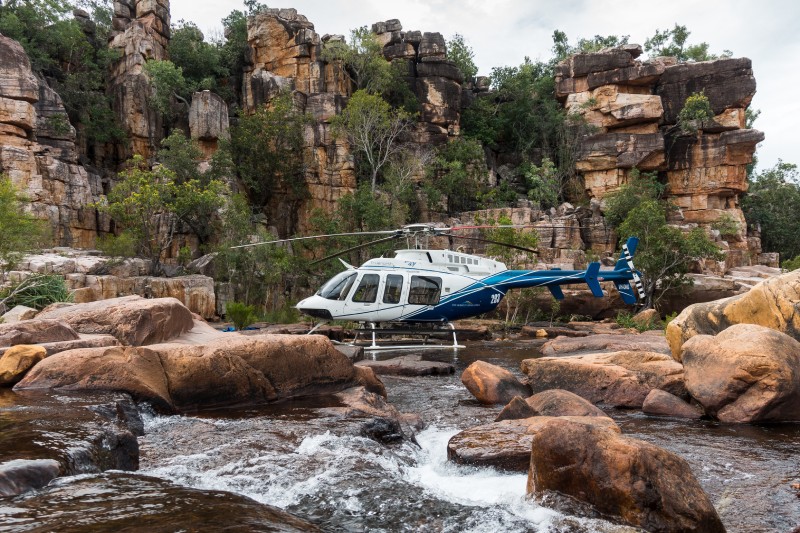
What was your biggest takeaway from this episode? Help yourself remember and share it with others by making a comment about it here below.
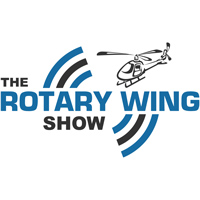
Really interesting discussions with Sam Chisholm on mustering operations in Australia. Great story and a real eye opener on what is a very demanding part of our industry!! A 1000 hours a year !!! My back hurts at the thought !! great story !